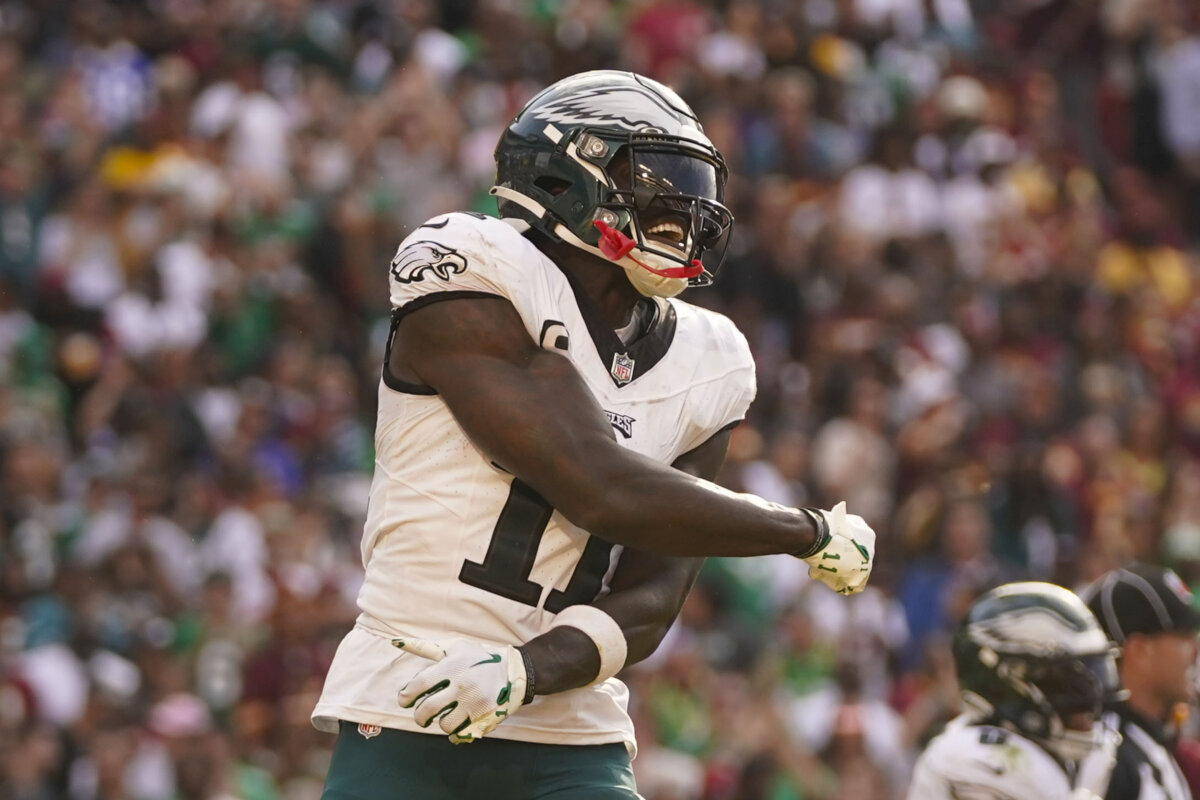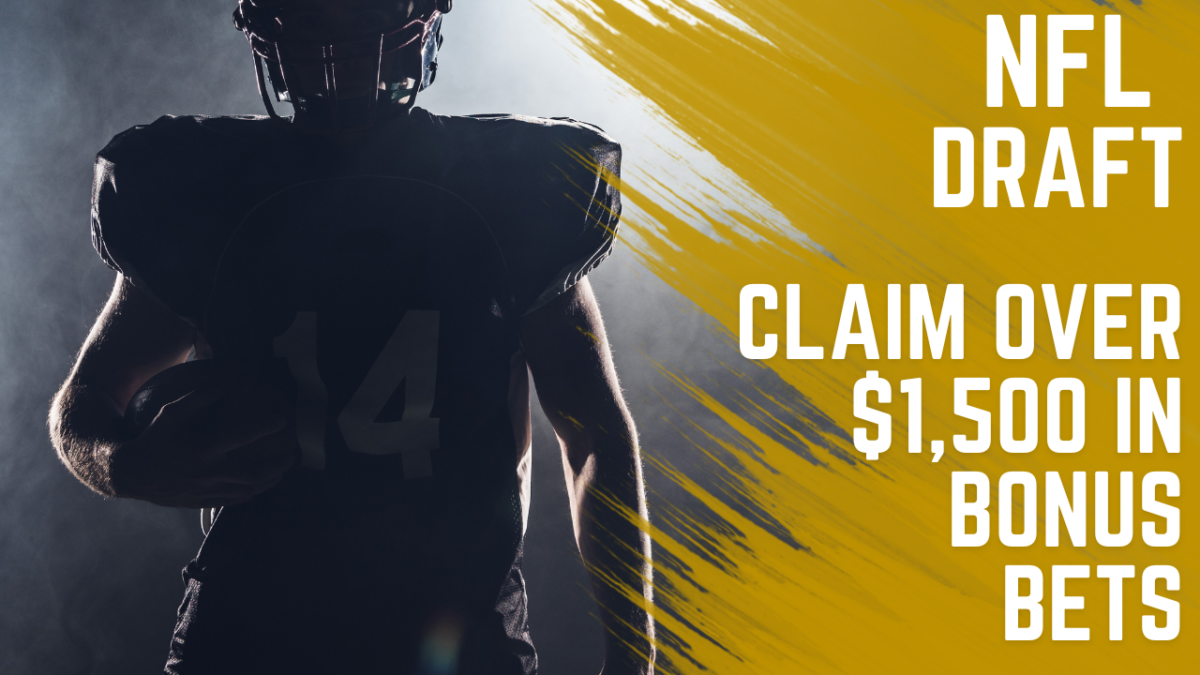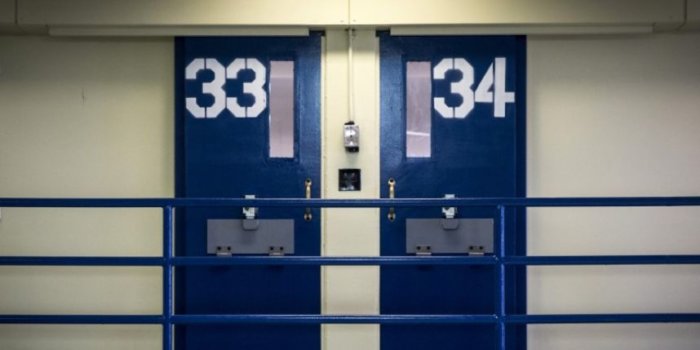Long gone are the days of one and only option when it was time to hit the books. These days parents have myriad schools to choose from for their children. Which is great! But confusing. So we’ve broken down the three most mainstream educational outlets for students and given you some background so you can find the right fit for your kids.
Take notes — there’s sure to be a test on this later.
Public Schools
The most traditional environment for education is at a public school. They educate the majority of American students, though that number has shifted in favor of other options in recent years with the advent of other choices. Public schools are generally neighborhood-based, but in the Philadelphia area, many students can apply for an exception. Should a student not get a desk at their preferred public school, they’ll be guaranteed a spot at their local or feeder school. Public schools are funded by the government, but not all are created equal. The quality of your local public school is likely determined by your neighborhood (if you pay a high property tax, your school will have a leg up on others). So it’s a good idea to do your research and ensure your public school (or any of these education options, for that matter) makes the grade.
Pros: Offer no cost, local and hopefully balanced education across subjects deemed important by the Board of Education
Cons: Quality varies widely
Cost: Free
Private Schools
The second most popular outlet for education has historically been the private school. Private schools are largely religious (roughly 75%), and though your child will be subject to religious teachings you don’t necessarily have to belong to the school’s faith. Private schools rely on tuitions and grants in order to keep the lights on, so will be your costliest option. They may not offer the full range of activities available at a public school (think sports teams, arts groups and the like), but what they do offer will likely be well-funded. And private schools in the Philadelphia area tend to have the best student-to-teacher ratio (10:1, on average).
Pros: Individualized focus, reinforce family faith in most cases, as parents foot the bill they have more say than on your typical PTA
Cons: Some students thrive in a bigger pond where there is more diversity, in both thought and clientele
Cost: Varies widely, but $15,000 to $30,000 seems the standard in the Philadelphia area
Charter Schools
It may come as a surprise to some that charter schools are actually an offshoot of the public education system. That means they receive local, state and federal money, but are also allowed to accept private funding on top of tax dollars. They’ve been around since the 1990s, but a recent boom has brought them a lot of attention in recent years. Currently, there are 84 brick-and-mortar charter schools in Philadelphia that serve roughly 70,000 students, as well as another 84 Philadelphia-based online charter schools. Charter schools tend to be founded with particular missions; for example, if it’s important for you to have your child leave school bilingual, or if your child has special needs, or shows an aptitude for engineering, or if you’re a low-income family and could use a focused institution to fast track your child to a college on scholarships, a charter may be just the place for you.
Pros: Address particular needs, affordable personalization
Cons: You’ll need to do your homework to find out each individual charter’s history and success rates
Cost: Free
Though parents may find it more challenging to make the right choice when it comes to their family’s education due to all of the options available these days, a bit of research will reveal the right option. And though it may not be the school you attended that’s just down the block it could benefit your child and their future when you discover perfect fit.
































